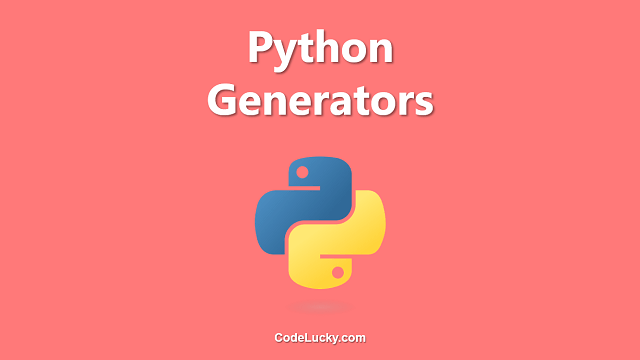When working with Python, you might encounter the following warning message:
<code class="language-python">ResourceWarning: Enable tracemalloc to get the object allocation traceback
This warning message is generated when a resource has not been released after being used. It indicates a potential memory leak in your code. Failure to address this warning message can have serious consequences for your application.
In this tutorial, we will explore what the ResourceWarning in Python is, why it is important, and how we can fix it.
Examples
Let’s start with a few examples.
Example 1 – Simplest Example
The simplest example that generates a ResourceWarning message in Python is one where we create a list without deleting it.
<code class="language-python">lst = [1, 2, 3, 4, 5]
When we run the above code, we get the following warning message:
<code class="language-python">ResourceWarning: Enable tracemalloc to get the object allocation traceback
This message suggests that the list has not been deleted from memory.
To fix this warning message, we need to delete the list from memory once we have used it.
<code class="language-python">lst = [1, 2, 3, 4, 5] del lst
Running the above modified code will no longer generate a ResourceWarning message.
Example 2 – Using the with statement
The with statement is often used when working with files in Python. It ensures that the file is closed once the code has executed. This prevents the ResourceWarning message from being generated.
<code class="language-python">with open('example.txt', 'r') as file:
data = file.read()
In the above code, we open the file ‘example.txt’ for reading. The file will automatically be closed once the with statement is finished executing. This ensures that the file is not left open in memory, which prevents the ResourceWarning message from being generated.
Example 3 – Using a Context Manager
Context managers provide a clean way to handle resources in Python. They allow you to define a block of code that is executed when a resource is created or acquired, and another block of code that is executed when the resource is released.
A context manager is created using the contextlib module.
<code class="language-python">import contextlib
@contextlib.contextmanager
def open_file(filepath):
try:
file = open(filepath, 'r')
yield file
finally:
file.close()
In the above code, we define a context manager for opening a file. The @contextlib.contextmanager decorator is used to define a context manager.
The yield statement is used to indicate the point where the block of code associated with the resource ends.
The finally block is used to ensure that the resource is released after the block of code associated with the resource ends.
You can use the context manager to open a file as shown below:
<code class="language-python">with open_file('example.txt') as file:
data = file.read()
The file will be automatically closed once the with statement is finished executing. This prevents the ResourceWarning message from being generated.
Conclusion
The ResourceWarning message in Python indicates that a resource has not been released after being used. This can lead to memory leaks in your code. In this tutorial, we looked at three examples of how to fix the ResourceWarning message in Python.
The first example involved manually deleting a list from memory after it was no longer needed. The second example used the with statement to ensure that files were closed once the code was executed. The third example used context managers to provide a clean way to handle resources in Python.







